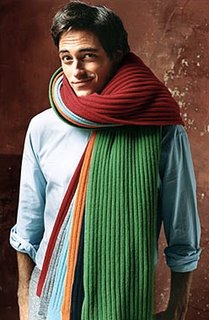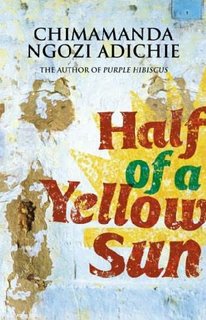Kiss My Fat Ass!

On The Tyra To Do
Who knew that the rallying cry for scores of American women come from none other than supermodel-turned-talk-show-host Tyra Banks?
Anorexia has come to the fore in the fashion and entertainment industries because it’s so exposed—the covers of Vogue, the runway footage on Style TV, and paparazzi photos of mantis-thin actresses sipping Diet Coke. We’ve become so accustomed to equating thin with beautiful that we can’t remember a time when it wasn’t. Occasionally, in a fashion-magazine interview, an actress or model will remark on her weight, “Why, I’ve always been thin, it’s just my body type. Honestly, I eat whatever I want.” Across the American nation, millions of women read the interview, sigh dejectedly, and reach for some Cool Ranch Doritos.
The real problem with anorexia, sadly, is not the fifty actresses or 150 models that always appear to be too thin. It is instead the hundreds of thousands of women and girls who face eating disorders, and whose conditions often go untreated. In a country where the “average” woman is 5'4" and 152 lbs and 40% of women wear a size 14 or larger, we are fixated on an ideal that is half a foot taller and fifty pounds lighter. Granted, obesity has become an even faster-growing epidemic than anorexia, and it seems now that the body image issue has become severely dichotomized—the highly visible thin versus the chubby majority.
But back to Tyra. When supermodels ruled the earth in the mid-to-late nineties, Tyra was queen of the Amazons. She graced magazine covers from Vogue to Sports Illustrated, and as a result of her illustrious career, a decade later she has become the host of America’s Next Top Model and her own successful talk show. Already, Tyra is in a position to be a role model, but her moment of glory came, surprisingly, as a result of some unflattering photographs.
An Australian tabloid published pictures of Tyra on the beach in a swimsuit, and she didn’t quite look like she did in 1997 on the cover of Sports Illustrated. Rather, Tyra looked like any number of women you’d see at the beach—full thighs, a little pudge around the waist, breasts more ponderous than perky.
At first Tyra denied that she had gained weight. She blamed the camera angles. She wore the same swimsuit on her talk show to prove that a less-than-flattering angle was partially at fault for her appearance. On her show, she spoke candidly about the photo: “I’m not saying this is horrible. Like, I look at this picture and I think it’s curvy. I think it’s beautiful. I think it is hot. I think it is sexy. I do. I do. But it’s just not me, not right now, but the way that I’m eating, one day I will be like this, and that is OK. Who cares?”
It took a long time for Tyra to admit that she had gained weight and to accept that the change in her physique was not a bad thing. She made excuses and preposterous accusations of image tampering, but her public struggle toward acceptance is a struggle shared by women around the world. For the rest of us, slightly pudgy, or hook-nosed, or weak-chinned, and entirely out of the spotlight, it’s hard enough to trade self-deprecation for a positive outlook.
Tyra had been virtually eviscerated for the whole world to see. And though it was not immediate, she finally took a good long look at herself—her body and her ego—and embraced what she saw. By appearing en maillot on television, wobbly bits and all, Tyra asserted to all of America that this is how she looks. And to the critics who called her “fat,” she offered only this admirable response:
“I have something to say to all of you that have something nasty to say about me or other women that are built like me, women that sometimes or all the time look like this, women whose names you know, women whose names you don’t, women who have been picked on, women whose husbands put them down, women at work, or girls in school, I have one thing to say to you. Kiss my fat ass!”
Is Tyra the moral arbiter of our time? I think the jury’s still out on that one, but for now she’s won the hearts of millions of women the world over. She’s beautiful. She’s successful. She’s powerful. She weighs 161 lbs and you can kiss her fat ass.
Labels: The Fashionista
Read more!









